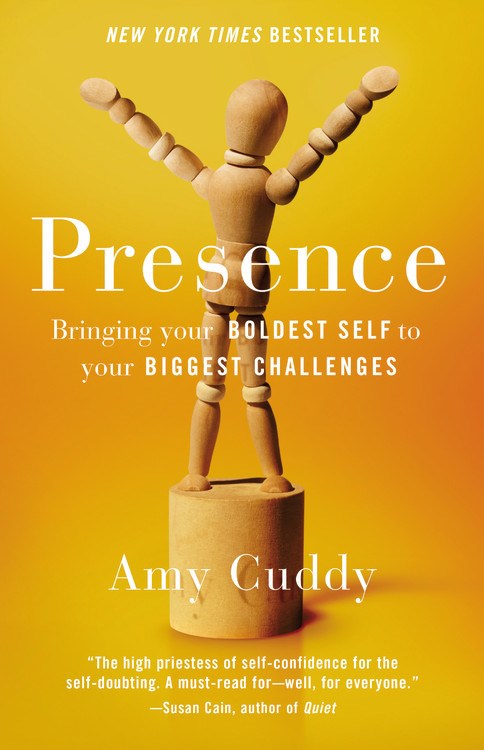Jack Covert Selects - The Undercover Economist Strikes Back

The Undercover Economist Strikes Back: How to Run—or Ruin—an Economy by Tim Harford, Riverhead Books, 272 pages, $27.95, Hardcover, January 2014, ISBN 9781594631405
Tim Harford has a knack for making the complicated, weird, and arcane aspects of economics accessible to the layperson—and a lot of fun to read, to boot. His usual realm is the behavioral, everyday economics of individuals and organizations (his books The Undercover Economist and The Logic of Life are both brilliant on that score), but in his new book, The Undercover Economist Strikes Back, he goes big and tackles the wider world of macroeconomics.
Harford uses a question and answer device throughout this book that I thought might wear thin, but never does. He begins by putting the world economy in the reader’s hands, asking how you would proceed if you had complete control. But Harford’s method is Socratic, and the conversation turns quickly to the flexible nature of modern currency, the role of inflation and economic stimulus, output gaps, unemployment, and how to prevent and cure recessions—with the author playing the role of advisor and tutor. This back-and-forth dominates the first two thirds of the book. You may be (and “your character” in the book is) asking:
Two thirds of the book! Sheesh. Are you sure there isn’t a much simpler solution that you’re missing?
The world is full of people who will tell you there is. Tie your currency to gold! Always balance the budget! Protect manufacturing! Eliminate red tape! That kind of thing. You can safely ignore these people. Anyone who insists that running a modern economy is a matter of plain common sense frankly doesn’t understand much about running a modern economy. The Q&A works remarkably well to keep the pace up and pull the reader through some very technical terrain. The other element that keeps the book feeling breezy are the stories Harford so entertainingly intersperses—including a world-traveling, crocodile hunting, war prisoner economist from New Zealand who built a hydraulic computer of economic indicators out of an old airplane bomber, and a ghost currency in Brazil used to fight inflation. He teaches us Keynesian economics by telling us of a recession in a Washington D.C. babysitting co-op, and classical economics by telling us of a recession in a German P.O.W. camp in World War II. Harford concludes the book discussing pertinent and tricky questions for macroeconomists like inequality and the possibility of a zero-growth world.
Macroeconomics and its effects seem to be seeping into the consciousness and everyday lives of us all due to the push-and-pull nature of our political system. Tim Harford’s book will give you some background and a frame of reference for when you inevitably encounter these issues and conversations. He doesn’t offer solutions so much as he offers information for you to tinker with, which is part of why this book is so helpful, and why it is so much fun.
